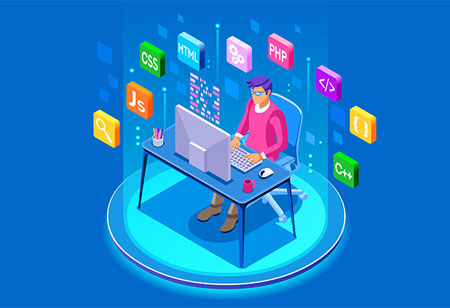THANK YOU FOR SUBSCRIBING
Don't Forget to Track, Patch, and License Open Source
Stolen IP, ransomware attacks, theft of PII, loss of reputation, legal liability, and fines for non-compliance are the problems that will arise in a string attack.

By
Apac CIOOutlook | Monday, July 29, 2019
Stay ahead of the industry with exclusive feature stories on the top companies, expert insights and the latest news delivered straight to your inbox. Subscribe today.
The popularity of open-source software is spreading wide, but measures need to be taken in terms of security and legal compliances. Both sectors can make or break a creative idea.
FREMONT, CA: A host of industries have cited in the OSSRA, the building of applications with a massive priority for open source components in the range of about 58 to 78 percent. These industries that have citation are comprised of enterprise software to virtual reality, entertainment, and media to gaming, internet and software infrastructure, retail and e-commerce, internet of things (IoT), machine learning, financial services, and so many other fields.
Since open source components are being over-exploited by all the fields, the tracking of the usage of the open-source components needs to be conducted to steer clear from the unnecessary attacks. The security of the open-source elements are not tight and require extra attention.
A Different Patching Protocol:
By installing patches, the security of the open-source can be handled; if it is not patched, massive losses will need to be experienced in case of high usage. When any applications or networks get breached or attacked, and the usage of open source components is unknown, the parade of potential horrors is showcased. Stolen IP, ransomware attacks, theft of PII, loss of reputation, legal liability, and fines for non-compliance are the problems that will arise in a string attack.
The patching of open source is anything but a simple feat; it works with commercial software since the majority of the vendors automatically push patches out to users. Open source patches are available, but users are responsible for maintaining and parsing them from a repository to install them.
Check out: Top Open Source companies
Don’t Get Burned by Ignoring Licenses:
A significant risk is legal issues; although open source code is free, it accompanies with licensing requirements that can stir up trouble. The OSSRA report establishes that the 20 most popular licenses cover approximately 98 percent of the open-source in use, but the Black Duck KnowledgeBase contains more than 2,500 open source licenses.
“No License” Doesn’t Mean “No Liability”:
The legal hook is not off even if open source components accompany no identifiable license terms. If the licensing terms are un-identifiable, then it cannot be used, modified, or shared as creative work under exclusive copyright by default. A license is fundamentally a permission to use. No license, no permission.
Key Open Source companies: Linnovate, Open source Integrators





